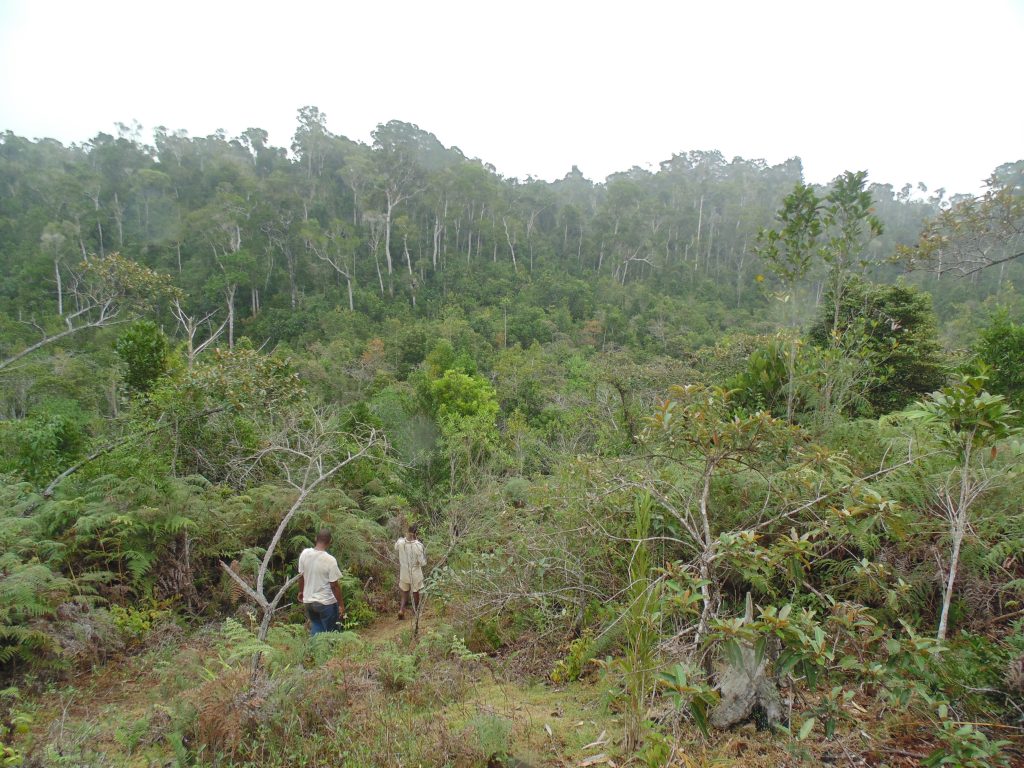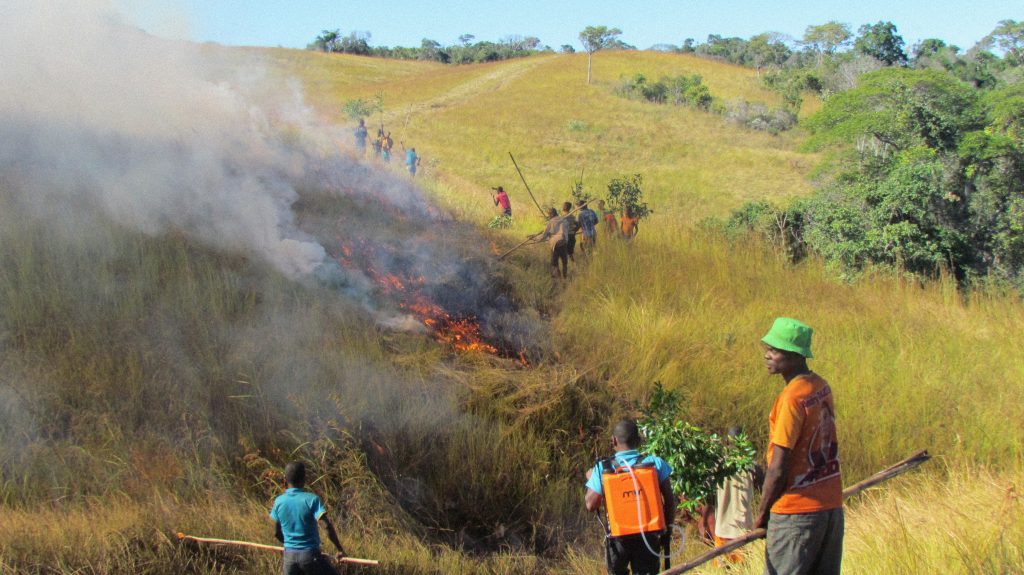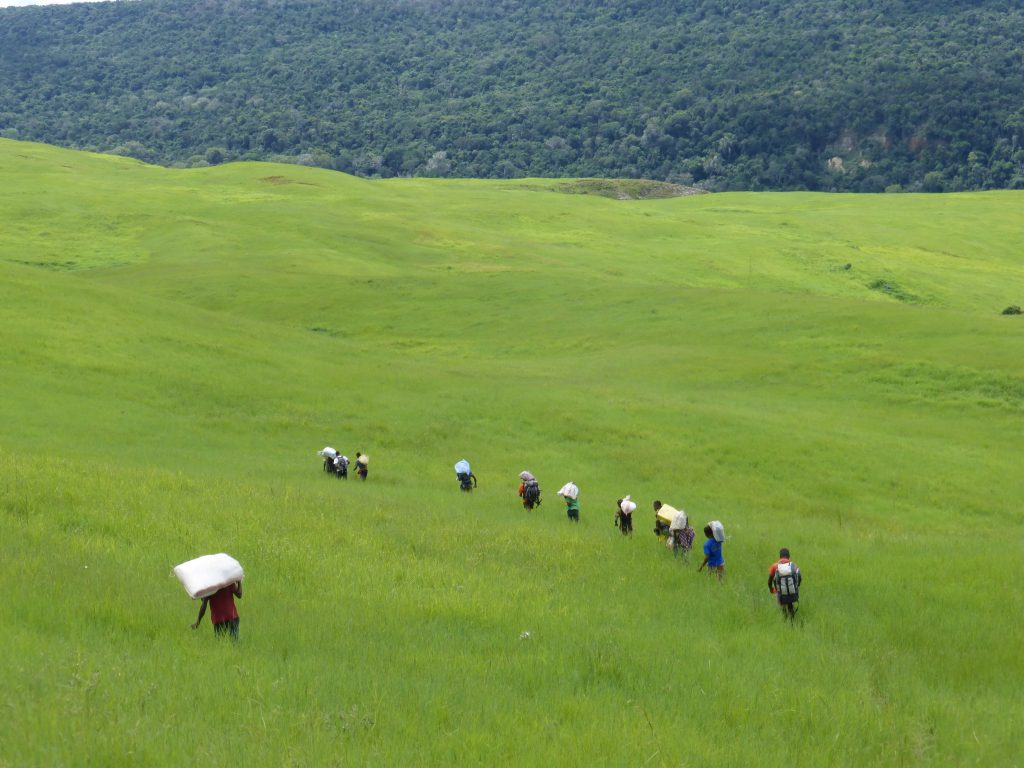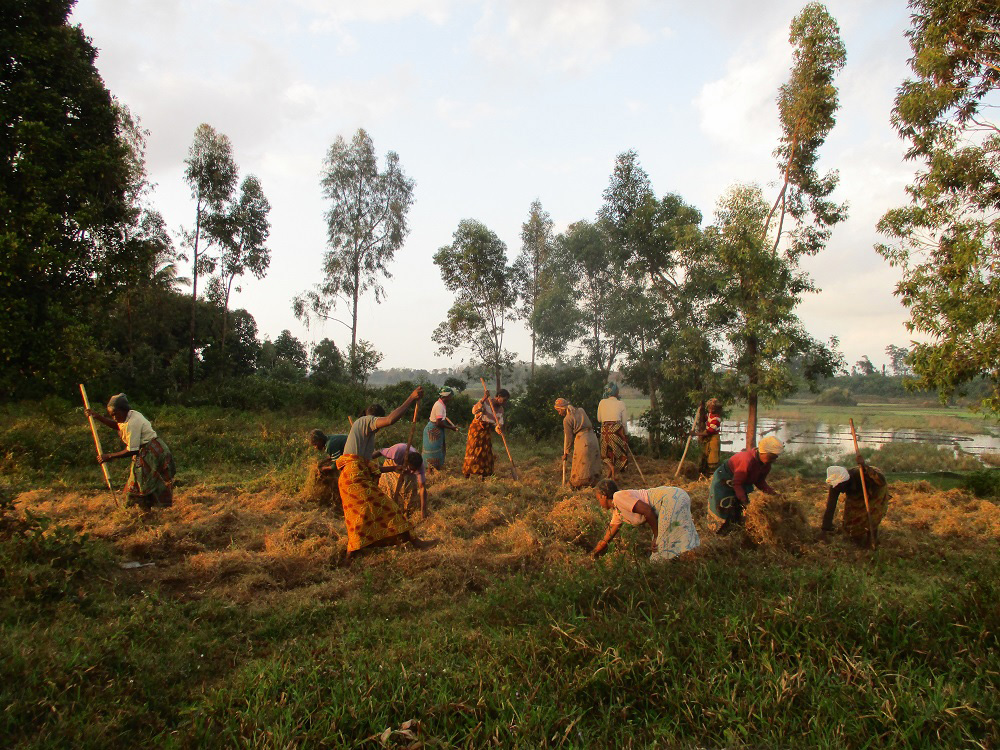On conservation, rehabilitation, and the overseas efforts of the Missouri Botanical Garden
Since its opening in 1859, the Missouri Botanical Garden has been an important cultural asset to the city of St. Louis. The garden receives wider acclaim, however, for its achievements as a sanctuary and research center for endangered plant species. Garden President Dr. Peter S. Wyse Jackson and Senior Vice President Dr. James S. Miller discuss how the Missouri Botanical Garden has become a key environmental center for regional and global habitat conservation.
What is your mission statement and significance to the St. Louis area?
“We have over a million visitors each year who come for the beauty of the gardens, but they also get connected with our mission, which is to spread knowledge about the importance of plants, at home and abroad. There are about 400,000 different plant species known, we have preserved samples of many of them in our herbarium and dried plant collection. [The Botanical Garden] has one of the greatest reference libraries of plant life anywhere in the world, and that is valuable not only for the scientific work we do to discover and understand plants but also for promoting the need to conserve them. It’s of huge credit to St. Louis that it has enabled the garden to become an institution of world significance in biodiversity conservation.”


How do community outreach and education factor into your work?
“We try to promote programs in environmental education, science, horticulture, and sustainability so visitors know not only what we do here, but how important our work is. The garden’s education work aims to carry out programs related to our mission for people of all ages, from kids in preschool up to people who are retired. We aim to make sure every child going through the public school system in the St. Louis region will have an opportunity to come to the garden and participate in our school programs. We also have teenage volunteers and adult education programs.”
How do you restore and recultivate threatened plant species?
“If [we find] a species which is threatened in the wild…our next step is to ensure that they are not only conserved in their natural habitats but also cultivated in seed banks. The garden has a seed bank that contains 600 species from the state of Missouri, which can be used to restore those species should they ever disappear into extinction. We cultivate species and study their biological requirements with the aim of restoring them in the wild, rebuilding a functional, self-sustaining population. When we bring a species into cultivation, we track it, record it, and develop methods to propagate it. It’s a long and complex road to recover a threatened species, but that is the process that we try to implement.”

How have you expanded the Missouri Botanical Garden’s presence in other parts of the world?
“In the 1960s at a meeting of the association for the study of tropical African botany. The community decided that more should be done to build research capacity in Africa, which had largely been the purview of the former colonial powers. As a result, we were formally accepted by the International Association for Plant Taxonomy as the North American center for the study of African botany. We’ve developed a footprint in Central Africa, East Africa, South Africa, and Madagascar. We began sending people to Madagascar in the early 1970s; now, we have 150 full-time employees there, primarily of Malagasy descent. Madagascar has less than 7 percent of its original forest cover, but we’re dedicated to serving the plants that are threatened and need our attention to ensure their survival. In addition to our work in Madagascar, when the American National Parks system proposed lots of new areas for protection in 2005, we agreed to manage 13 of the sites that were proposed. We run intensive, rich programs at those locations that cover everything from basic botany to how people use these natural resources.”
“We have to work to mitigate plant diversity, which, if the predictions are correct, will be lost in the future. Currently, a quarter of the 400,000 plant species worldwide are in danger of extinction.”

How is your work affected by the acceleration of climate change?
“We’re faced with a situation whereby most areas of natural vegetation are now surrounded by heavily developed areas. In the past, as climate changed over centuries of millennia, plants and animals could migrate. But it’s too quick nowadays, leaving nowhere for them to go. We have to work to mitigate plant diversity, which, if the predictions are correct, will be lost in the future. Currently, a quarter of the 400,000 plant species worldwide are in danger of extinction. And if you add a layer of rapid climate change, even plants which are presumed to be well looked after in national parks, nature reserves and other protected areas are at risk. The plants might be able to survive changes in temperatures and precipitation, but their pollinators, seed distributors and ecosystems may change, which will be detrimental for them. So our research emphasizes the impact of anthropogenic changes on plant diversity.”
Words by Adler Bowman
Edited by Mikki Janower
Photographs courtesy of the Missouri Botanical Garden team
Published in Armour Magazine Issue 23: Armour & Co.


